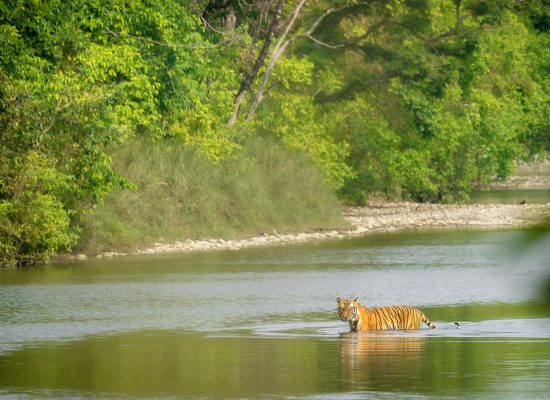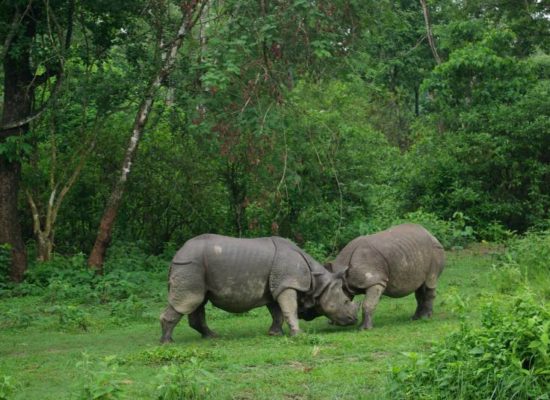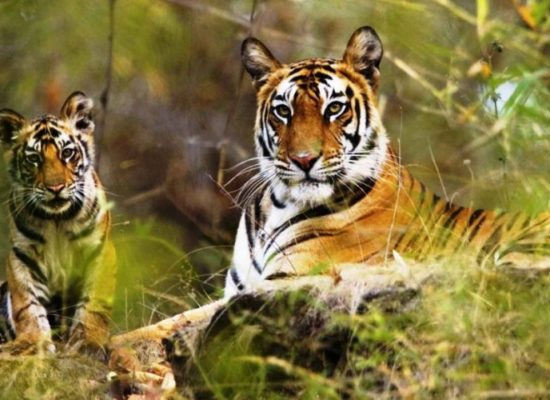
Koshi Tappu Wildlife Reserve
Koshi Tappu Wildlife Reserve (175 km2) lies on the flood plains of the Koshi River. The rectangular – shaped Reserve is contained within the east and west embankments of the Koshi Barrage. Therefore, the entire Reserve is subjected to seasonal flooding during monsoon. This Reserve was gazetted in 1976, and established mainly to preserve the habitats for the last remnant population of wild water buffalo in Nepal. In addition, there are larger ungulates such as gaur, nilgai, hog deer and wild pig, and medium sized predators such as fishing cat, jungle cat, and civets. The Koshi River also supports sparse populations of endangeded species such as the Gangetic dolphin and gharial.
The Koshi Barrage at the boder of the east Nepal and India, was completed by the Koshi Project, a Government of India undertaking, in 1964 to contain the monsoon floods as they had become more devastating, and to irrigate farmlands, creating abundant marsh and littoral habitat making it Nepal’s most important wetland. At 75m elevation, the Koshi Barrage is one of the lowest area in Nepal with 14 species of birds found nowhere else in Nepal have been recorded. Because of its great wetland importance, the Government of Nepal acceded to Ramsar Convention in 1987, and thus Koshi Tappu has been included in the list of Wetlands in International Importance.
Because of open access to the Koshi Barrage area from India, Koshi Tappu Wildlife Reserve is equally threatened with wildlife-related damages. Also, herders from both India and Nepal have set their bases for cross-breeding their domestic herds with the wild buffalo for vigor and for fodder. Today, feral cattle in the Reserve outnumber wild buffaloes.Both feral and wild buffaloes raid crops by wandering as far as 10 km from the reserve boundary into farmlands. The high incidence of crop raiding, and ensuring conflict, is a cumulative action of over 100 wild buffaloes, some 500 feral water buffaloes, and over 7,000 cattle.
- Day 01 : Arrival in Kathmandu and transfer to the hotel.
- Day 02 : Drive to Pokhara.
- Day 03 : Drive to Arjunchaupari and hike to Sirubari Village. Overnight at the local host?s home.
- Day 04 : Leisure day in the village.
- Day 05 : Another day in the village.
- Day 06 : Hike back to Arjunchaupari and drive to Pokhara.
- Day 07 : Drive back to Kathmandu.



